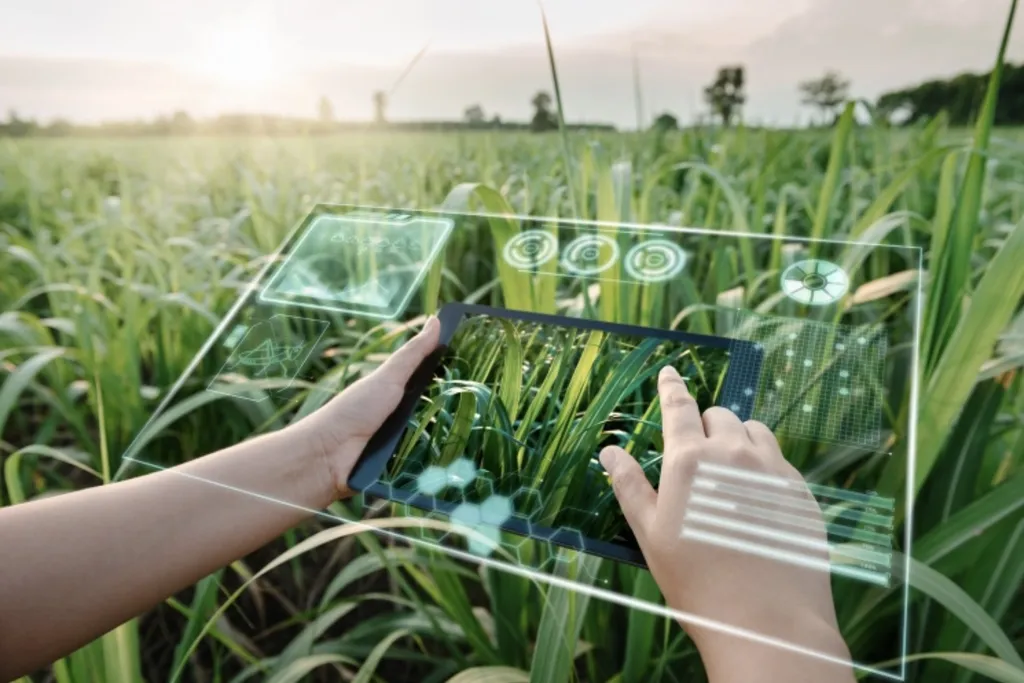In the heart of Italy’s Campania region, a groundbreaking study led by Anna Pelosi from the Department of Civil Engineering at the University of Salerno is revolutionizing agricultural water management. By harnessing the power of satellite imagery and advanced weather data, Pelosi and her team have developed a method to accurately estimate crop water requirements (CWR) and yield, offering significant commercial impacts for the energy sector.
The study, published in the journal *Remote Sensing* (translated to English as “Remote Sensing”), combines the latest reanalysis dataset, AgERA5, with the up-to-date CM SAF SARAH-3 Satellite-Based Radiation Data as meteorological inputs for the SAFY dynamic crop growth model. This model, when forced with Sentinel-2 (S2) estimates of Leaf Area Index (LAI), provides precise estimates of CWR and yield at the farm scale, specifically for tomato crops.
Pelosi explains, “The integration of AgERA5 and CM SAF weather datasets with S2 imagery for assimilation into the SAFY model enables accurate estimates of both CWR and yield. This method not only optimizes water usage but also has the potential to significantly impact the energy sector by improving irrigation efficiency.”
The SAFY model was calibrated using ground-based weather observations and S2 LAI data collected from several farms in the Campania region during the irrigation season, which spans from April to August. To validate the method, the model estimates were compared with field observations of irrigation volumes and harvested yield from a monitored farm in the same region for the year 2021.
The results demonstrated that this innovative approach can provide accurate estimates of CWR and yield, which are crucial for agricultural water management. This method can help farmers optimize their irrigation practices, leading to water savings and improved crop yields. Moreover, the energy sector can benefit from this research as efficient irrigation practices reduce the energy demand for pumping water, contributing to a more sustainable and cost-effective agricultural system.
Pelosi’s research highlights the potential of integrating remote sensing and reanalysis data to enhance agricultural practices. As she notes, “This study paves the way for future developments in precision agriculture, where data-driven decisions can lead to more sustainable and productive farming practices.”
The implications of this research extend beyond the agricultural sector. By improving water management and reducing energy consumption, this method can contribute to the broader goals of sustainability and climate change mitigation. As the world faces increasing challenges related to water scarcity and climate change, innovative solutions like this one become ever more critical.
In the words of Pelosi, “The future of agriculture lies in the integration of advanced technologies and data-driven approaches. This research is a step towards that future, offering a glimpse into the potential of precision agriculture to transform the way we grow our food.”
As the agricultural and energy sectors continue to evolve, the insights gained from this study will undoubtedly shape future developments, driving innovation and sustainability in the field.

